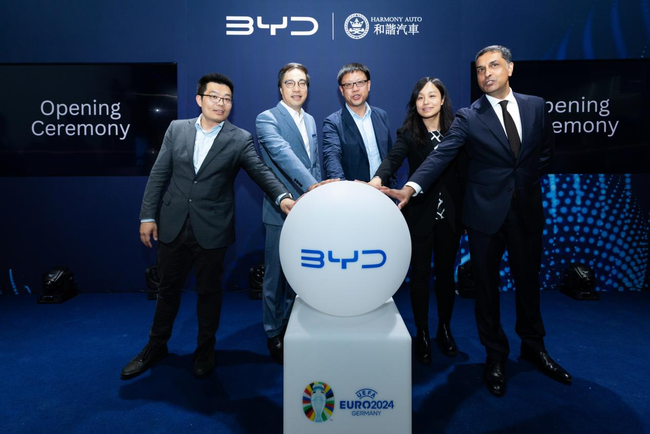You may imagine that tech would be one of the most thrilling and exhilarating industries to work in today. Yet, there appears to be a big issue stifling innovation: unconscious bias.
A report by McKinsey found that 50% of 18 to 28-year-old employees left or wanted to leave tech jobs because they felt “unwelcome or uncomfortable, and this number was higher for Asian, Black and Hispanic respondents.” In the UK, only 5% of tech leadership positions are held by women.
Numerous research papers have found that more diverse workforces lead to more creative and dynamic organisations — traits highly valued in a forward-looking, boundary-breaking sector such as tech. Let’s examine how unconscious bias has impacted the tech sector and what can be done to overcome it for the sake of diversity and inclusion.
What is unconscious bias?
Unconscious bias can be difficult to identify due to the very fact that it’s unconscious. These biases are formed through positive and negative life experiences involving other people, and whether we realise it or not, our opinions and actions are informed by these memories. Aside from our own experiences, we are presented with stereotypes in the media and education which also create unconscious bias.
Actions influenced by unconscious bias are often displayed subtly and without premediation or intention. For example, a manager could assign more technical tasks to younger employees assuming they’d be more adept with the technology than an older co-worker. Similarly, a manager may incorrectly assume workers with disabilities are incapable of performing certain tasks or taking on certain roles.
How does it present itself in the tech industry?
These unconscious biases are particularly harmful when they infiltrate the hiring process. The majority of tech recruiters believe their hiring processes are biased. Even when you attempt to remove human influences and outsource parts of the process to technology, unconscious bias can still have an impact.
For example, Reuters reported that Amazon was forced to get rid of an AI recruitment tool which had effectively taught itself that male candidates were preferable. It had been trained on data submitted by applicants over a 10-year period, much of which came from men.
However, unconscious biases may also cause problems for those who do make it through the hiring process. Analysis by eightfold.ai found that women were 65% more likely than men to lose their jobs in the tech industry. Meanwhile, a survey by the Los Angeles Times uncovered stories of racism in the tech industry, including “A Black career IT professional [who] put himself forward for a promotion but was instead asked to help recruit another candidate, who was white”, and “A Black Google engineer [who] was confronted by a white co-worker demanding to see his ID badge”.
How can companies tackle unconscious bias in tech?
1. Provide unconscious bias training
Ensuring that employees are aware of their own biases is the first step in overcoming them. Formal unconscious bias training can be an effective approach. According to the EW Group, which provides unconscious bias training programmes, “studies have shown that training interventions managed to increase awareness of [unconscious bias] and reduce the strength of explicit bias”.
Training shouldn’t be considered a one-time “tick box” exercise. Instead, organisations should be embedding training, particularly in relation to their culture initiatives, and learnings should be continuous.
2. Change hiring processes
Blind recruitment is one way of limiting the impact of unconscious bias on the interview screening process. Remove personally identifiable information (such as name, age, gender) from CVs and applications to ensure that initial screening is based on skills and qualifications rather than demographics.
Companies should explore a more diverse range of places to look for talent, aside from their usual channels. Alison Wynn, writing for Harvard Business Review, suggests: “For example, recruit at historically black colleges or universities outside your typical list. Attend conferences that feature women and people of colour, or host your own recruiting events for diverse audiences.”
She also advises establishing “transparent, measurable criteria for evaluating employees ahead of time” and ensuring managers provide specific feedback rather than using vague or ambiguous criteria. “Women and people of colour are often held to a higher bar, so make sure all employees are held to a consistent standard,” she adds.
It’s also wise to use diverse interview panels to reduce the influence of individual bias and ensure a fair evaluation process. Furthermore, use a set of predetermined, job-related interview questions to ensure consistency and reduce bias during interviews.
3. Inspire lesser-represented groups
Unconscious biases can mean certain groups don’t even consider working in the tech sector. Making it clear that anyone is welcome to work in the industry will encourage people from a wider range of backgrounds to start a tech career and ultimately provide you with a more diverse talent pool.
This could mean that businesses offer internships, mentorships and apprenticeships to lesser-represented groups such as ethnic minorities and women, partner with schools to encourage these groups to pursue careers in tech, and help develop role models within their own organisations so future generations have people in the industry they look up to and can relate to.






Leave a Reply